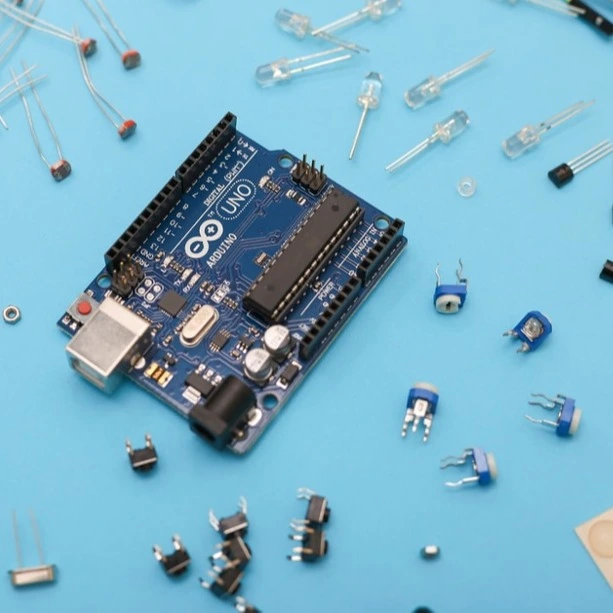At Link Labs our mission is to create wireless products that solve our customer's problems as simply and quickly as possible. Our experience turning long-range-wireless physical layer technology into successful commercial products has taught us a few things.
We think these lessons also apply to those seeking to design new applications for theInternet of Things.
1. Solve Problems
Pretty much everyone in the embedded wireless (aka Internet of Things) space is familiar with hype around connected refrigerators and toasters. A better way to look at the vast potential for IoT is to ask: "What consumer or business problems could be solved with more sensor data and/or better data communications?" This is the underlying shift that is enabling new connectivity. Just because something can be connected to the internet, of course does not mean that doing so is going to solve any problems.
Customers pay for solutions to problems. Very few pay much for novelty. When customers come to us with new product ideas, the underlying problem we most often find ourselves solving with our technology is simple: Running wires to dozens of gateways is expensive, so having one gateway that can reach an entire building or campus is a much more cost effective way to develop a wireless control system.
2. Design the Human Interface First
The first step we take with new product design customers is to stand up at the whiteboard and draw a dirt-simple mockup of a user interface. How is data presented? What controls are there? Why? On the other side of the "link" we draw how the sensor or endpoint is interfacing with the physical world. How is it powered? What is it doing? Etc.
Answering these questions before you write any low level requirements will efficiently drive the solution toward the best outcome. Often engineers can get caught up too early in the minutiae of implementation details. Everyone on the team needs a clear vision of the end state. In most cases this this can be extrapolated to the 2 "ends" of the problem. The user interface and the sensor. Everything in between is "behind the scenes."
3. Understand the Edge Cases
In wireless, as with most other types of engineering, testing is king. Getting a system to behave in ideal conditions is but the first step. Sitting down and brainstorming all the bad things that can happen to your system components is a great way to build your test plan.
We have our ISP field support team to thank for our most recent unplanned testing and bug fix efforts. They were in our office and cycled the internet connection upstream of our main router. The gateway radio we were developing could not handle having a network connection but no route to the internet. We had simply not considered this case in our test plan. Now it's on the list.
A careful exercise picking apart your system at every level might catch cases like this.
4. Build Something Fast
We always try to get our first PCBs fabricated on a new project as fast as possible. Mistakes and design problems always happen. You can review schematics until you're old and gray, but if you've made the wrong assumptions about how your system is going to work, you won't find out until you build it.
I can't help but give a shout out to our contract electronics manufacturer, www.bittele.com, who enables us to get systems built fast with no drama. Please don't use them, we want them all for ourselves (j/k).
5. Ship It
Yes, the best testing happens in production. While this joke is usually accompanied by a meme of the Dos Equis Man, it is a reality that your first product out the door is probably going to have issues. Getting prototypes into the hands of your customers as fast as possible always pays off. Don't worry about disappointing them with your bugs. They'll be so much happier when the final product is flawless. Trust me.
Please get in touch. We'd love to figure out how to help your team create the next great wireless IoT application.





